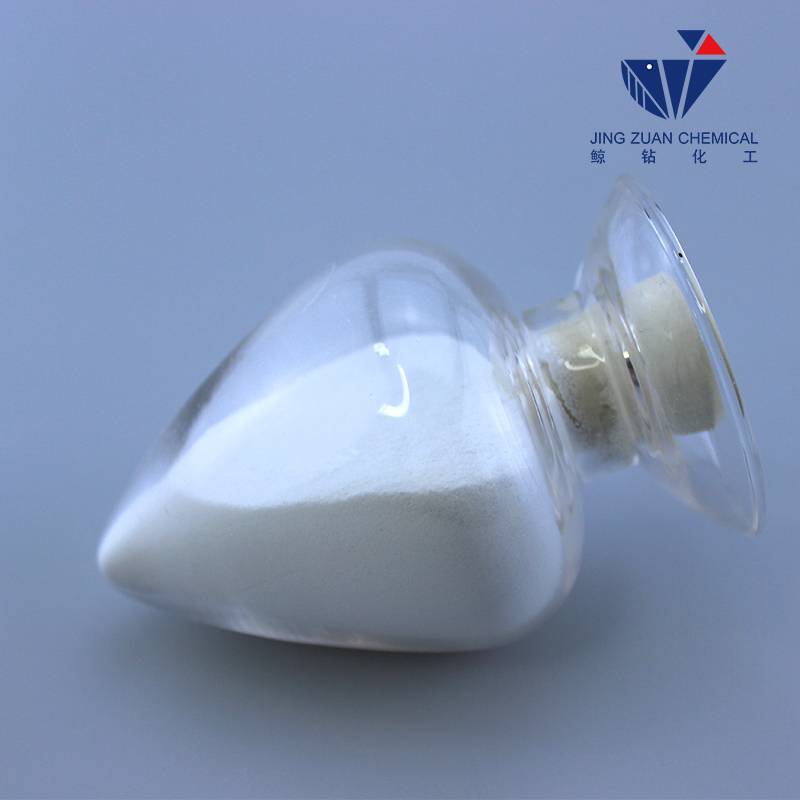
Dec . 05, 2024 14:33 Back to list
hydroxypropyl methyl cellulose ether
Understanding Hydroxypropyl Methyl Cellulose Ether A Versatile Polymer
Hydroxypropyl methyl cellulose (HPMC) ether, a non-ionic cellulose ether, has gained significant attention in various industries, including pharmaceuticals, food, cosmetics, and construction. This article explores the characteristics, applications, and benefits of HPMC, shedding light on why it is considered a versatile and valuable polymer.
What is Hydroxypropyl Methyl Cellulose Ether?
Hydroxypropyl methyl cellulose is derived from natural cellulose, which is primarily sourced from plant cell walls. The modification process involves the substitution of hydroxyl groups in cellulose with hydroxypropyl and methyl groups. This modification results in a polymer with unique properties, including solubility in water, thermal stability, and the ability to form gels and films.
HPMC is typically available in a powdered form and is produced in various grades, which differ in their viscosity, degree of substitution, and solubility characteristics. These properties make HPMC suitable for a wide range of applications across different industries.
Key Properties of HPMC
1. Solubility HPMC is soluble in cold water, forming a clear, viscous solution that is stable over a wide range of pH levels. This makes it an ideal thickening and gelling agent in various formulations.
2. Thermal Stability One of the notable features of HPMC is its thermal stability. It does not degrade significantly when exposed to heat, making it suitable for applications that require high-temperature processing.
3. Film-Forming Ability HPMC can form films when applied as a solution, offering protection and stability to formulations. This property is advantageous in pharmaceutical coatings and cosmetic applications.
4. Biocompatibility HPMC is well-tolerated by the human body, making it an excellent choice for drug delivery systems and other biocompatible formulations.
Applications of HPMC
hydroxypropyl methyl cellulose ether

1. Pharmaceuticals In the pharmaceutical industry, HPMC is widely used as a binder, film former, and thickener in tablet formulations. Its ability to control drug release makes it valuable in sustained-release formulations. Additionally, HPMC is commonly employed in ophthalmic preparations, due to its lubricating properties.
2. Food Industry HPMC serves as a food additive, often used as a thickening agent, emulsifier, and stabilizer in various food products. It enhances the texture and mouthfeel of processed foods while contributing to their shelf life.
3. Cosmetics and Personal Care In cosmetics, HPMC is used in lotions, creams, and gels for its thickening and emulsifying properties. Its ability to create a smooth texture and improve product stability makes it a popular choice among formulators.
4. Construction HPMC is used in construction materials such as tile adhesives, plasters, and joint compounds. Its water retention properties enhance the workability of these materials, improving adhesion and reducing cracking.
5. Oil and Gas Industry In oil drilling, HPMC acts as a viscosifier in drilling fluids, helping to maintain the stability of boreholes and enhancing the efficacy of drilling operations.
Advantages of HPMC
- Versatility HPMC’s diverse properties enable its use in various applications, making it a one-stop solution for formulators in multiple industries. - Safety Being non-toxic and biocompatible, HPMC can be safely used in food and pharmaceutical applications, aligning with consumer safety standards.
- Natural Origin Derived from cellulose, a naturally occurring polymer, HPMC is seen as a more sustainable alternative to synthetic additives.
- Functional Performance HPMC exhibits excellent performance in controlling viscosity and modifying texture, essential in many industrial applications.
Conclusion
Hydroxypropyl methyl cellulose ether is a multifaceted polymer that serves crucial roles in various industries, thanks to its unique properties and versatility. From pharmaceuticals to food products and construction materials, HPMC continues to be an indispensable ingredient, enhancing product performance and consumer experience. As industries evolve and demand for sustainable materials rises, HPMC's natural origins and broad applicability position it as a key player in future innovations. Understanding the benefits and uses of HPMC ensures that formulators can leverage this valuable polymer to meet the needs of an ever-changing marketplace.
-
Versatile Hpmc Uses in Different Industries
NewsJun.19,2025
-
Redispersible Powder's Role in Enhancing Durability of Construction Products
NewsJun.19,2025
-
Hydroxyethyl Cellulose Applications Driving Green Industrial Processes
NewsJun.19,2025
-
Exploring Different Redispersible Polymer Powder
NewsJun.19,2025
-
Choosing the Right Mortar Bonding Agent
NewsJun.19,2025
-
Applications and Significance of China Hpmc in Modern Industries
NewsJun.19,2025







